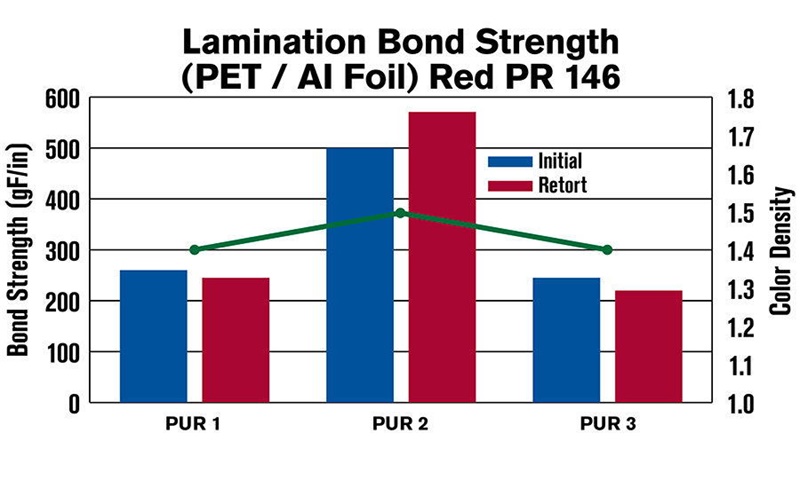Categories
New Blog
Technology for Flexible Packaging-1
Apr 13, 2022The major end-use application for flexible packaging is food packaging, which comprises more than half of the entire segment. This can only be expected to rise as more food categories and brand owners currently employing glass, metal or rigid plastics transition to the flexible packaging format.
While the benefits of flexible packaging compared to other formats are well documented, one often overlooked area is the resins that go into the inks. Not only do they make the graphics and packaging more attractive, they also provide functional benefits.
There are many different types of resins that go into inks used for printing on flexible packaging – styrene acrylics, polyurethanes, polyamides, nitrocellulose, etc. However, strong growth in categories such as snack foods, pre-cooked meals, meat, cheese and poultry necessitate multi-laminate packaging structures. Such packaging incorporates reverse printing on the outer layer of packaging and laminating to an internal layer. The unique requirements and challenges of such packaging bring polyurethane resin-based ink systems to the forefront.
While polyurethane resins (PUR) create a flexible film and provide superior lamination bond strengths that prevent delamination of the packaging, they are not as effective as other resins when it comes to pigment dispersion and also tend to be harder to print with. For this reason, PURs tend to require a co-resin to help improve the pigment dispersion.
With strong growth in food categories that require laminated packages, PUR will be required to disperse pigments more efficiently, print better, and keep costs and complexity down. With retort packaging (employed in the case of thermally-processed food) poised for growth, there is a need for high bond strengths under challenging conditions. Furthermore, addition of nitrocellulose is not recommended due to the formation of nitrosamines caused by the exposure of it in the packaging to high temperatures.
As a printer or converter, one needs to carefully consider the ink being used in such packaging applications. Not all PURs are similar in performance. Ink formulators incorporate specific PURs in their formulations to impart specific performance characteristics to the ink. For instance, when considering a PUR for retort or high-end lamination packaging applications, consideration should be given to the required bond strengths and ability to grind pigment without nitrocellulose. Another important consideration, and this is mostly true regardless of the packaging application, is the printability of the PUR-based ink. Sometimes tradeoffs between bond strengths and printability do need to be made. See below figure for an illustration of the performance characteristics of three PURs currently on the market for high-performance and retort packaging applications.
